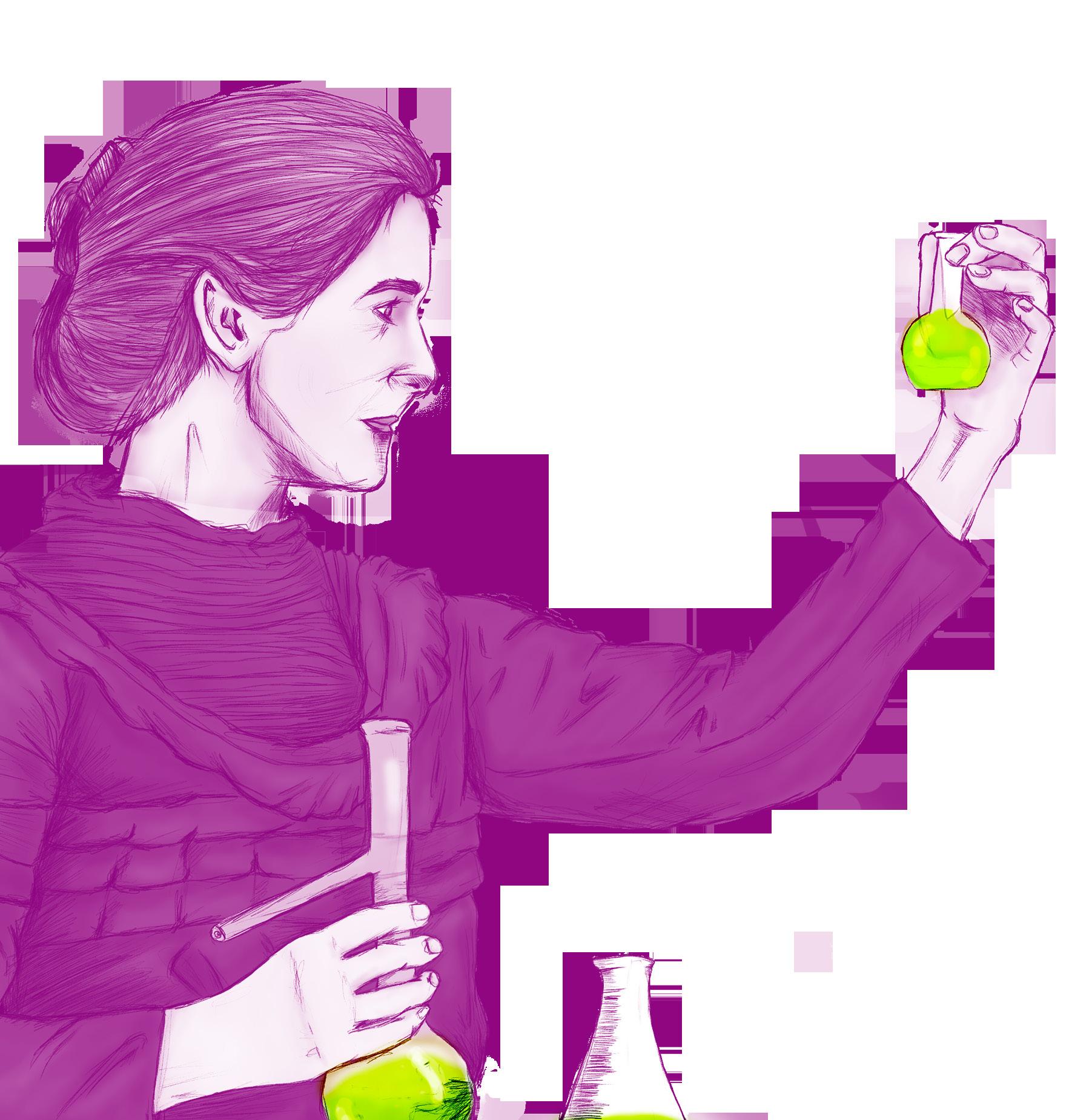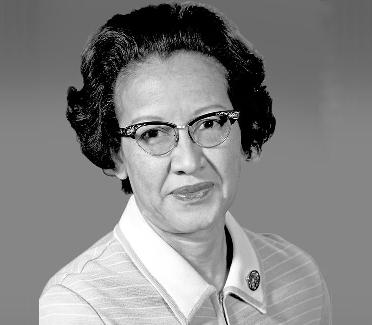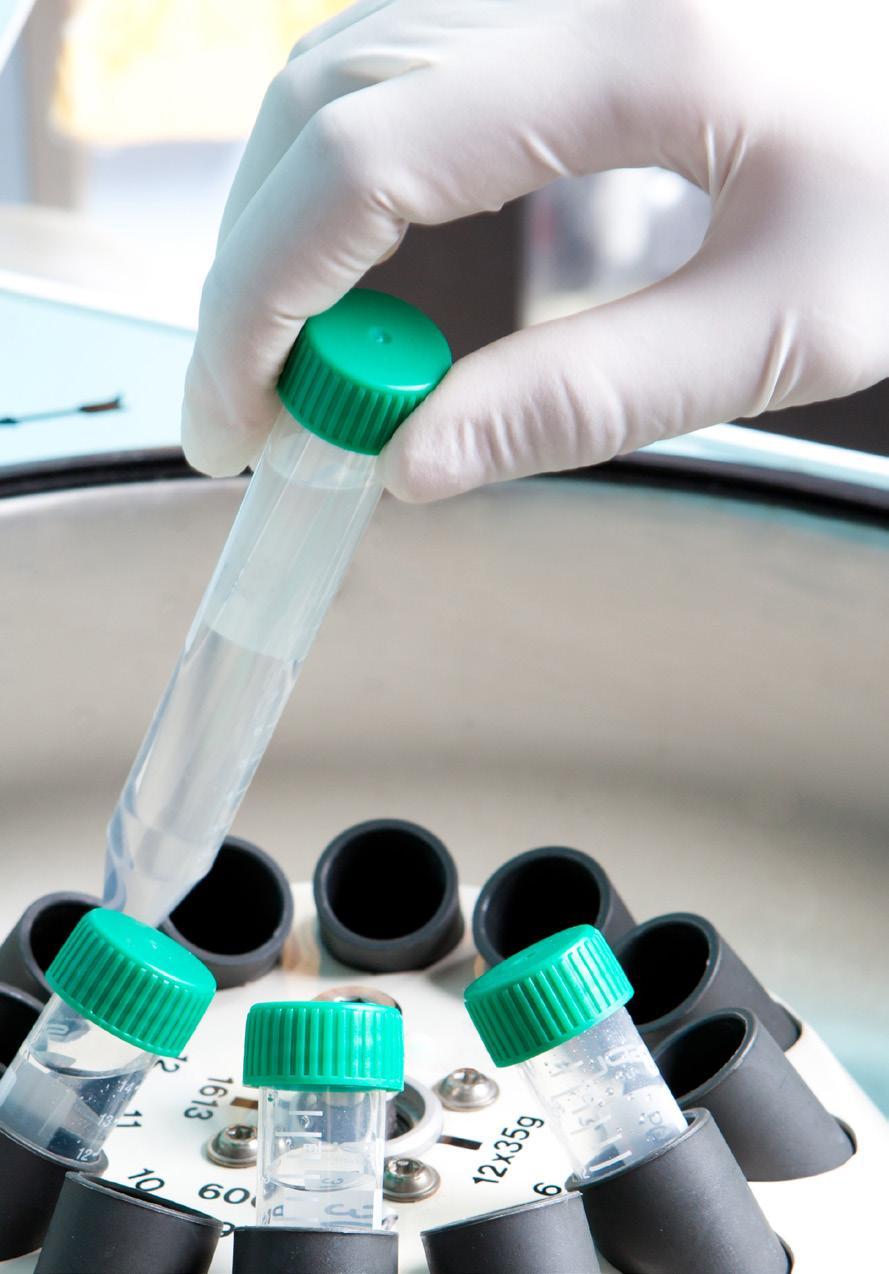
4 minute read
Women Supporting Science
Women Supporting Science
“I’d like to thank my wife for typing my manuscript”
Advertisement
Thor Nissen
Medical doctor, with a degree in Clinical Pharmacology, and an MBA in Quality Administration. He has succeeded collaborating to drug development in world leading pharmaceutical companies both in Medical Affairs and Clinical Research within new drugs, regulatory, marketing and sales departments.
Gender disparity has never been more widely discussed than at present. As humankind moves towards equal rights, the underrepresentation of women in science is now being recognized, and with luck, it is on its way towards being mitigated (Ceci et al., 2009). Marie Curie represents the globally-known case of appreciation for a life of scientific success and profound contributions. Not every female scientist, however, has been the scientific career was always overshadowed
subject of such renown.
Several examples of inventions classically associated with a male scientist are now being disclosed as having been created, or at least significantly supported, by female colleagues, wives, mothers, sisters, or other women in their life (Lady Science, 2019). These women’s contributions remained in the background, in the acknowledgements and footnotes of prominent scientists. It is not unusual to find statements like: “I want to thank my wife for typing my manuscript.” Or even: “Thank you for taking care of the children and keeping our home while…” But most of the time these women did more than just typing manuscripts or taking care of housework. They had formal academic training of their own, but failed to receive due appreciation for their accomplishments.
Marie-Anne Pierrette Paulze was the name of the woman who married Antoine Lavousier, known as the father of modern chemistry. Until recently, Madame Lavoisier was almost unknown. She was an intelligent and free-spirited woman with vast scientific knowledge,. Her contributions to Antoine’s work have now been revealed and she has been granted the title of the mother of modern chemistry (Ferrer Valero, 2018). William Herschel’s sister, Caroline Herschel, received less than that given to her brother’s accomplishments (Famous Scientists, 2018). She herself even emphasized her brother’s achievements when awarded the Gold Medal of Science by the King of Prussia at the age of ninetysix.
In more recent history, Mileva Marić’s a certain amount of recognition, but it was always
by that of Albert Einstein (Gagnon, 2016). Marić studied at the same institute and received better grades than Albert. They published a paper in which only Albert’s name was credited, because they agreed that having a woman’s name included would cause it to receive less attention.
The question is, have circumstances improved today? A recent report from the UNESCO Institute for Statistics states that women account for a minority of the world’s researchers, although the situation varies among countries (UNESCO, 2019):

Disparities regarding women’s participation does not vary solely by country. For example, key climate-change related sectors of science such as skilled workers, professionals, and decision-makers do not have equal representation, but female scientists are well represented in various related science disciplines, including health, agriculture, and environmental management. At the same time, they remain very much a minority in other fields that will be vital for the transition to sustainable development, such as energy, engineering, transportation, information technology (IT), and computing (Huyer, 2015).

SAGA (STEM and Gender Advancement) is a global UNESCO project supported by the government of Sweden. In its conclusions from a publication on gender equality in science and engineering, it states: “The under-representation of women in STEM [science, technology, engineering, and mathematics] translates into the loss of a critical mass of talent, thoughts and ideas, which hinders countries from reaching their maximum development potential” (UNESCO, 2017). This and many similar initiatives are needed to oversee and evaluate gender equality and to integrate aspects of gender into science, technology, and innovative policies so as to make progress towards a better world.
References
•Ceci, S. J., W. M. Williams, and S. M. Barnett. 2009. Women’s underrepresentation in science: Sociocultural and biological considerations. Psychological Bulletin. 135 (2): 218–261. •Famous Scientists. 2018. Caroline Herschel. 3 April 2018. Available at <www. famousscientists.org/caroline-herschel/> (accessed 20 March 2020). •Ferrer Valero, Sandra. 2018. Mujeres en la historia. La madre de la química moderna, Marie Lavoisier (1758-1836). Available at <https://www. mujeresenlahistoria.com/2018/07/marie-lavoisier.html>. •Gagnon, Pauline. 2016. The Forgotten Life of Einstein’s First Wife. Scientific American Guest Blog. Available at <https://blogs.scientificamerican.com/ guest-blog/the-forgotten-life-of-einsteins-first-wife/>. •Huyer, Sophia. 2015. Is the Gender Gap Narrowing in Science and Engineering? UNESCO Science Report: Towards 2030 (UNESCO Publishing: 2015), p. 93. Available at <https://en.unesco.org/sites/default/files/usr15_is_ the_gender_gap_narrowing_in_science_and_engineering.pdf>. •Lady Science. 2019. The Wives, Sisters, and Helpers of Science. Available at <https://www.ladyscience.com/podcast/episode17-wives-sisters-helpersof-science>. •UNESCO. 2017. Measuring Gender Equality in Science and Engineering: The SAGA Toolkit. Available at <http://uis.unesco.org/sites/default/files/ documents/saga-toolkit-wp2-2017-en.pdf>. •UNESCO. 2019. Women in Science. Fact Sheet No. 55 (June 2019) FS/2019/ SCI/55. Available at <file:///E:/CLIR/Women%20in%20science/2019_UNESCO_ Women-in-science-en.pdf>.










